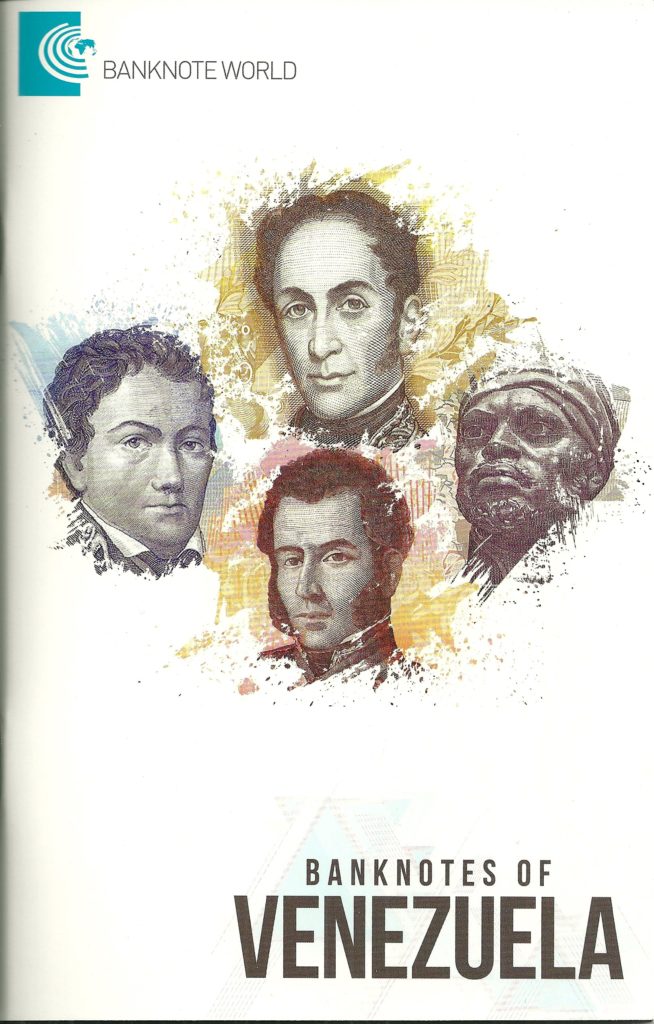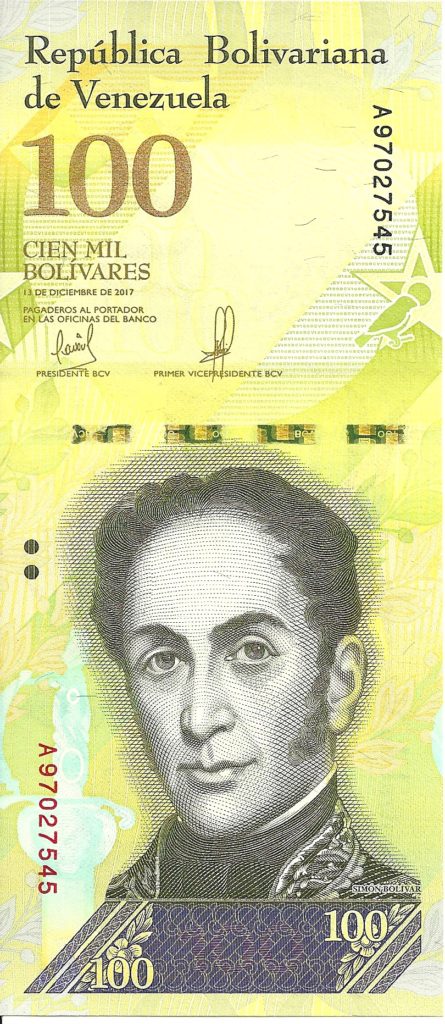I have an in-process post titled “League of the Boned” in embryonic form, which was going to be about how each country in the League has been screwed by deficit spending, high interest rates and endemic corruption. But there so much boning to write about, and so many members of the League, that I thought it best to split it up into individual posts.
First up is Turkey, not because it’s the most boned, but the one whose immediate boning is made more acute by recent events, namely Recep Tayyip Erdogan’s reelection.
Recep Tayyip Erdogan’s supporters are celebrating after Turkey’s long-time president won Sunday’s vote, securing another five years in power.
“The entire nation of 85 million won,” he told cheering crowds outside his enormous palace on the edge of Ankara.
But his call for unity sounded hollow as he ridiculed his opponent Kemal Kilicdaroglu – and took aim at a jailed Kurdish leader and the LGBT community.
The opposition leader denounced “the most unfair election in recent years”.
Mr Kilicdaroglu said the president’s political party had mobilised all the means of the state against him and he did not explicitly admit defeat.
International observers said on Monday that, as with the first round on 14 May, media bias and limits to freedom of expression had “created an unlevel playing field, and contributed to an unjustified advantage” for Mr Erdogan.
President Erdogan ended with just over 52% of the vote, based on near-complete unofficial results. Almost half the electorate in this deeply polarised country did not back his authoritarian vision of Turkey.
Ultimately, Mr Kilicdaroglu was no match for the well-drilled Erdogan campaign, even if he took the president to a run-off second round for the first time since the post was made directly elected in 2014.
But he barely dented his rival’s first-round lead, falling more than two million votes behind.
Snip.
The president admitted that tackling inflation was Turkey’s most urgent issue.
The question is whether he is prepared to take the necessary measures to do so. At an annual rate of almost 44%, inflation seeps into everyone’s lives.
The cost of food, rent and other everyday goods has soared, exacerbated by Mr Erdogan’s refusal to observe orthodox economic policy and raise interest rates.
The Turkish lira has hit record lows against the dollar and the central bank has struggled to meet surging demand for foreign currency.
“If they continue with low interest rates, as Erdogan has signalled, the only other option is stricter capital controls,” warns Selva Demiralp, professor of economics at Koc university in Istanbul.
Tiny problem: Strict capital controls tend not to work. By the standards of the Middle East, Turkey is fairly open and fairly modern, and getting around currency controls is one of the use cases that cryptocurrencies are ideal for.
Indeed, the currency problem is so severe that Turkey’s foreign currency reserves just turned negative.
The Turkish central bank’s net forex reserves dropped into negative territory for the first time since 2002, standing at $-151.3 million on May 19, as the bank – following Erdogan’s strict orders – scrambled to counter demand for hard currencies (USD, gold, crypto) ahead of Sunday’s runoff vote.
Forex demand in Turkey surged to record levels ahead of May 14 on companies’ and individuals’ expectations that the lira, which lost 44% in 2021 and 30% in 2022, will plunge after the vote (spoiler alert: those fears have been justified).
As we discussed last week, the central bank’s forex reserves have sagged in recent years due to costly market interventions and other efforts to cool forex demand. The bank’s net reserves dropped by $2.48 billion in the week to May 19, to their lowest level since February 2002. They have dropped $27.7 billion since the end of 2022, and were at negative $3 billion as of May 19. The net forex reserves would be even more negative if outstanding swaps, courtesy of foreign central banks and which stood at $33.50 billion on Wednesday, are deducted (as they should be since the CBRT will have to repay these at some point).
And while the endgame here is clear to all, few are willing to say it out loud for fear of retaliation by the Erdogan regime (no really, he has been known to throw people in jail for recommending a Turkish lira short); yet one bank which decided to double down on Goldman’s dire view of how it all plays out is Morgan Stanley, which in a note last week (available to pro subscribers in the usual place), wrote that the turkish lira plummeting to 28 by the end of the year, is likely in the cards (in our view, that’s a rather optimistic take since the lira is about to become the new Bolivar where soon new zeroes are added daily if not hourly).
This is, I think, a bit of an exaggeration, since Turkey is a much bigger and more important country (and economy) than Venezuela, and while they’ve done several terribly stupid things with their economy, they haven’t gone full socialist starvation scenario on it.
The biggest concern when Erdogan came to party was his Islamist roots, and how he dismantled Turkey’s own peculiar systems of checks and balances, namely that anytime the government would move too far in an Islamist direction, the military would step in, depose the current government, rule for a while, and then step down once things had calmed down again. That doesn’t look very much like classic western democracy, but it served well enough for Turkey, partially insulating it from the wild swings between different despots common in the rest of the Islamic world.
The bad news is that Erdogan demolished those checks and balances in his drive to centralize power in his own hands, purging the military of anyone he thought might possibly oppose him. The good news is that, after all that, he turned out to mostly be a typical Middle Eastern strongman rather than a fervent jihadi. The bad news is that he’s also a complete economic ignoramus, and his stupidity is making Turkey’s economic problems much worse.
Here Patrick Boyle explains just how stupid:
With the cost-of-living crisis on many voters’ minds, Erdogan launched a range of expensive policies in the lead up to the election aimed at reducing the immediate impact of inflation on voters. He raised the minimum wage repeatedly, announced a free month of natural gas for consumers, reduced electricity prices increased civil servant salaries and changed government policies to allow millions of Turks to receive early government pensions. Just days before the first round of the election He gave a 45% pay rise to 700,000 Turkish public sector workers, saying he would “not let anyone be crushed by inflation”.
So he combated inflation by guaranteeing there would be more inflation, just like Joe Biden.
This is true, but it was also true before Erdogan got into power and screwed things up. Peter Zeihan thinks that Turkey has the right mix of geography and demographics to be a future regional power. But there’s an awful difficult present to get through before that happens…







 (@OzraeliAvi)
(@OzraeliAvi) 


